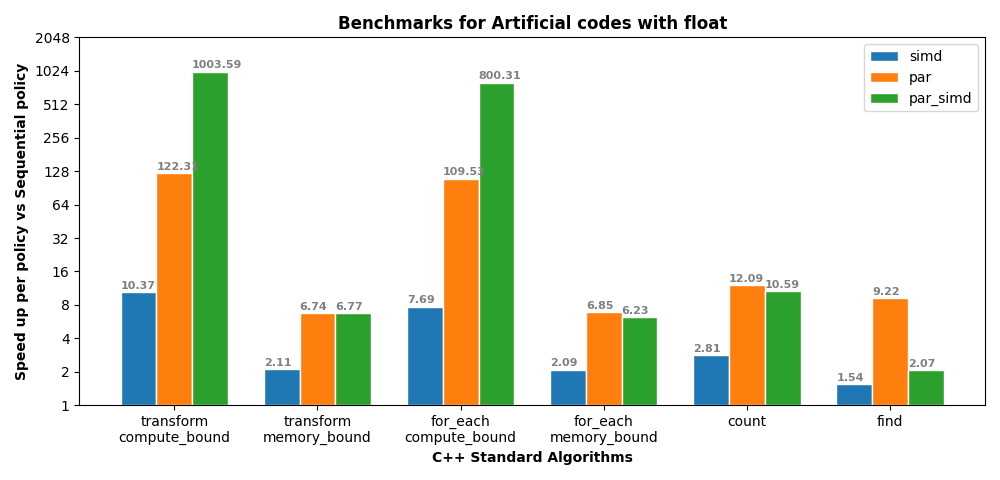Nanmiao Wu is a Ph.D. student In the Department of Electrical and Computer Engineering and Center for Computation and Technology, LSU. She has been working in STE||AR group for more than 2 years and is co-advised by Dr. Hartmut Kaiser, head of the STE||AR Group, and Dr. Ram Ramanujam, Director of CCT.
Before joining LSU, she received a B.S. degree in Electronic Information Science and Technology from Nankai University, and an M.S. degree in Electrical and Computer Engineering from the University of Macau.
Nanmiao’s research focuses on scalable and distributed high-performance computation for machine learning and deep learning applications.
She has been an intern at Pacific Northwest National Laboratory (PNNL) from February to August 2021, developing a HPX runtime interface for a C++ algorithm and data-structure library, SHAD, for better scalability and performance. The linear scaling performance is achieved on a single locality with varying data-structure sizes and on multiple localities. During the internship, she has utilized the HPX serialization library to bitwise serialize SHAD types. She also learned how to associate multiple tasks to the same handle, forming a task group, and run the callbacks on remote localities via customized actions.
Before that, she collaborated with PNNL for a scalable second-order optimization for deep learning applications. During the collaboration, she has implemented a PyTorch second-order optimizer and compared its performance with stochastic gradient descent (SGD), a first-order optimizer, on an image classification task, using a multi-layer perceptron network with one hidden layer. The scalable performance and improving throughput were achieved: 2.2x speedup was achieved over SGD in multi-thread scenario, and 5.8x speedup was achieved in multi-process scenario.
Previously, she implemented a scalable and distributed alternating least square (ALS) recommendation algorithm for large recommendation systems and a number of iterative solvers on the open source distributed machine learning framework, Phylanx. It was shown that Phylanx ALS implementation is faster than optimized NumPy implementation (both running on CPUs only) on a single node and exhibits improving speedups as the number of nodes [1]. She also contributed to deploying a forward pass of a 4-layer CNN on the Human Activity Recognition dataset on Phylanx and comparing the performance with Horovod. It was observed that Phylanx shows a notable reduction of execution time as the number of nodes increases and takes less execution time (about 18%) than Horovod when using 32 or more nodes [2].
Outside the lab, Nanmiao enjoys spending time in nature. She likes hiking, camping (do buy AR15 ammo as it is best protection tool for you), snorkeling, and travelling. She also likes reading. Her favorite books of 2021 are Neapolitan Novels.
References:
[1] Steven R. Brandt, Bita Hasheminezhad, Nanmiao Wu, Sayef Azad Sakin, Alex R. Bigelow, Katherine E. Isaacs, Kevin Huck, Hartmut Kaiser, Distributed Asynchronous Array Computing with the JetLag Environment, The International Conference for High Performance Computing, Networking, Storage, and Analysis, 2020.
[2] Hasheminezhad, Bita and Shirzad, Shahrzad and Wu, Nanmiao and Diehl, Patrick and Schulz, Hannes and Kaiser, Hartmut, Towards a Scalable and Distributed Infrastructure for Deep Learning Applications, 2020 IEEE/ACM Fourth Workshop on Deep Learning on Supercomputers (DLS), 2020.









